Kanban encourages the increment of continuous improvement, productivity, and efficiency. Kanban is used for planning different duration for individual iteration. The frameworks that are needed to adhere to the Agile principle and get the work done are known as kanban and scrum. Agile is a methodology followed in project management and product development which is a structured and iterative approach. Recognizing the volatility of the project development provides the methodology for the self-organizing team to organize and handle any change without affecting the other aspects of the project. In today’s world, there is no way for product development to continue for years or months in recent times; rather, it is very important to get things corrected.
Iterations length is measured in weeks and the ideal length of an iteration depends on the work process and the industry. As a rule of thumb, it is recommended not to kanban scrum hybrid have iterations exceeding two weeks. The concept of Scrum is that planned tasks in each Sprint (iteration) are sacred and the addition of new items is forbidden.
Global Development
Consider implementing a Kaizen approach with additional feedback loops, Quality circles, experimentation, and continuous learning opportunities. During your Retrospectives, consider how to reduce the seven wastes of Lean Manufacturing. I have mostly been discussing inventory wastes but consider waste due to defects, waiting, and over-processing. Lean Kanban starts with the team and moves outward throughout the organization.

In general, it might be easy to claim that the hybrid Scrumban approach makes more sense for the development team, but putting it into practice can be tricky due to various challenges. Such Scrum techniques ensure that a team understands project objectives, receives constructive feedback from stakeholders, and evolves continuously to meet them. As a result, the developers of agile projects can deliver high-quality software systems flexibly and effectively, leading to increased customer satisfaction and faster market entry.
Is Kanban Scrum?
Likewise, software teams use Kanban tools to manage the workflow in Scrumban projects. To portray a better picture of the tasks and their progress, Scrumban uses visual boards. Moreover, another important feature that Scrumban adopts from the Kanban is limited WIP to avoid overburdening teams to do a lot of different tasks simultaneously. Scrum is the most complex, strict and hardest to adopt out of the 3 methodologies.

However, in reality, emergencies happen – for example a critical bug arise or a sudden client’s demand change. This adds extra unplanned work to the Sprint resulting in missed deadlines and frustration. Write down the rules for moving cards from one column to another hence tasks from one stage to another.
On-demand planning
It exhibits many principles characteristic of Agile, including the capacity to adapt to changes, and transparency across the team. However, the specific time depends on the progress and work ethic of each team. Most teams use a measure called ‘velocity’ to determine trends and issues in their work.
This statistic is continuously looped in through each subsequent sprint, assisting the group in elevating end product quality moving forward. A key visual element in Scrumban is the Scrumban board, designed to visualize the entire process tasks. Each task phase is monitored from left to right as it transitions from initial planning to completion.
How to choose your agile methodology
Kanban boards are one of the most popular forms of visual project management. They’re most effective for providing easy, at-a-glance insight into a project. Agile project management includes iterative backlog management, sprints, reflection, iteration, and more sprints. There’s no shortage of processes, frameworks, and philosophies when it comes to project management, but they ultimately fall into one… So there must be a tight integration between these planning and execution tools and what product teams use for roadmaps.
- Work items are represented by cards on a board, with lanes that represent process steps.
- There are many benefits to optimizing the flow of work in Scrum by leveraging Kanban practices.
- There are no accountabilities like product owner, developers, etc. in kanban.
- We often see the tool of choice driving the framework of choice and the framework driving the principles the team adopts.
- For that reason, the Work In Progress (WIP) limit is a vital metric, preventing too many projects from sitting in the “in progress” column.
Developers are ultimately responsible for getting everything done. It could be one person in the role or a team made up of several people. They are encouraged to self-organize, meaning they can behave confidently in their role and even expand beyond it at times. In meetings, Developers share where they are with their parts of the project, contributing to team transparency and accountability.
What’s the difference between being Agile and doing Agile?
A Kanban board represents stages of work with columns that hold the individual tasks for each stage—but more on that in a little bit. In Scrum, teams measure outcomes using velocity, which is the total number of story points completed in a sprint. A team with a velocity of 35 points would struggle with a backlog of 50 points. Scrum cadences are all about speed, while Kanban cadences focus more on flow.
Modify the WIP limits to help control the accumulation of work in any one column. This will slow down the work in columns experiencing inventory build-up. It will modify the behavior of taking on too much work simultaneously. It’s not a scheduling system or based on a fixed schedule length. To truly be Agile, you must embrace the concept that things constantly change, and constantly inspect and adapt to ensure your goals stay on target. That means you embrace an Agile mindset and push for Agile transformations throughout the organizations in which you work, not just in the localized development environment.
Pros and Cons to Kanban vs. Scrum
A big part of waterfall project management is creating an airtight project plan so your team clearly understands the project requirements and restraints before they get started on the work. That’s because there isn’t a lot of room for variation, adaptability, or error once a waterfall project is set in motion. Yes, there are several options available when it comes to project management methodologies. For example, there is the waterfall method, which follows a linear path and often has between five or six different phases that rely on the deliverables provided by the previous phase.
